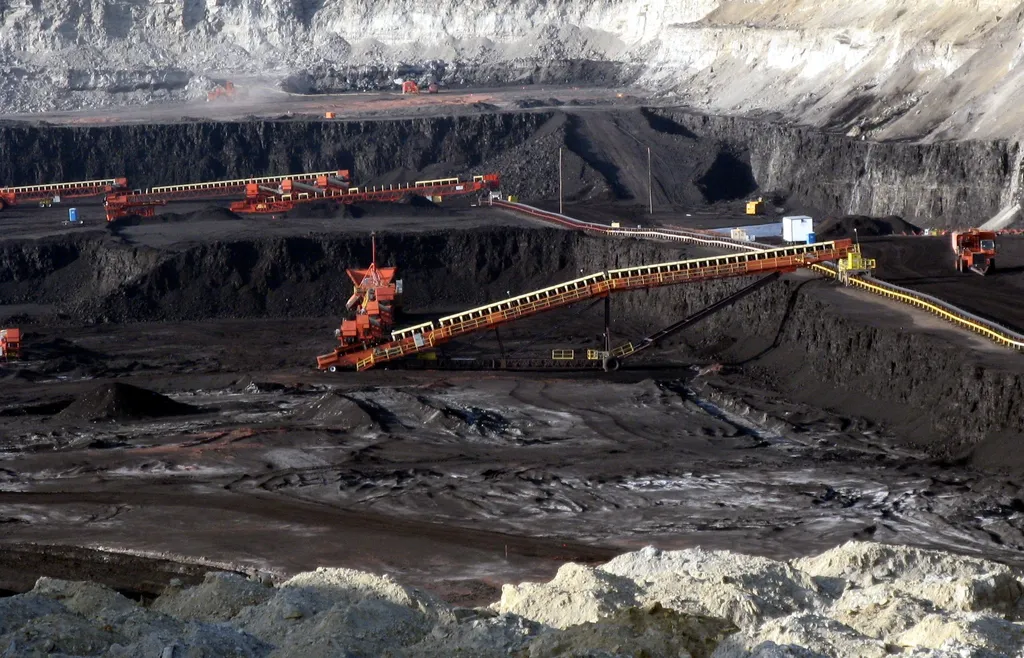In the heart of Punjab, Pakistan, the Surghar Range stands as a testament to the region’s rich coal reserves, a vital resource for the energy sector. However, a recent study published in the journal *Rudarsko-geološko-naftni Zbornik* (translated as *Mining-Geological-Oil Journal*) has shed light on the environmental toll of mining activities in this area, with significant implications for both the industry and the local ecosystem. Led by Syed Sajjad Ahmad from the Geological Survey of Pakistan, the research delves into the contamination of soil and groundwater by potentially toxic elements (PTEs), offering a stark reminder of the need for sustainable practices in the coal mining sector.
The study, which analyzed 22 soil and 134 water samples, identified iron (Fe), zinc (Zn), and lead (Pb) as the primary anthropogenic PTEs, with chromium (Cr) and arsenic (As) also appearing at elevated levels in some locations. “The pollution load index (PLI) of 1.20 indicates overall moderate pollution, but the concentration levels of certain PTEs exceed internationally recognized thresholds,” Ahmad noted. This finding underscores the urgent need for environmental remediation in the region.
The research employed Principal Component Analysis (PCA) to identify the dominant contributors to pollution, with Fe and Zn emerging as the key culprits. Groundwater analysis revealed a spatial gradient in water quality, with samples near the Indus River maintaining freshwater quality while salinity levels increased westward toward the mining zone. “Water near mining areas exhibited lower pH and higher electrical conductivity (EC), indicative of acid mine drainage and sulfur-rich coal influence,” Ahmad explained. This gradient highlights the spatial extent of mining impacts and the need for targeted mitigation strategies.
Comparative analysis with global mining regions revealed that mean PTE concentrations in the Surghar Range are significantly higher, emphasizing the need for sustainable mining practices and targeted environmental management strategies. The study’s findings have profound implications for the energy sector, as the contamination of soil and water resources can lead to long-term environmental degradation and potential health risks for local communities.
As the energy sector continues to rely on coal as a primary resource, the study’s findings serve as a wake-up call for the industry to adopt more sustainable practices. “The potential ecological risk index (PERI) was relatively low at 18, but the concentration levels of certain PTEs necessitate immediate action,” Ahmad stressed. This call to action is not just about environmental stewardship but also about ensuring the long-term viability of the mining industry itself.
The research published in *Rudarsko-geološko-naftni Zbornik* offers a comprehensive assessment of the environmental impacts of coal mining in the Surghar Range, providing a roadmap for future developments in the field. As the energy sector grapples with the dual challenges of meeting growing demand and mitigating environmental impacts, studies like this one will be crucial in shaping policies and practices that balance economic growth with environmental sustainability. The findings underscore the need for ongoing monitoring, remediation efforts, and the adoption of best practices to protect soil and water resources, ensuring a sustainable future for both the industry and the communities it serves.

